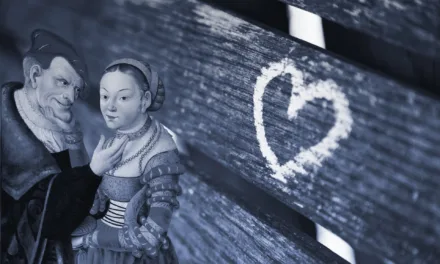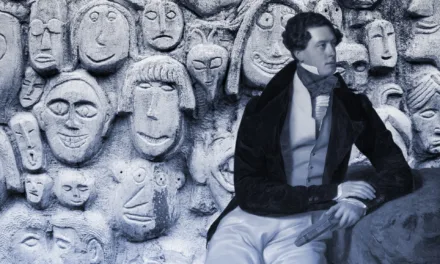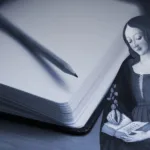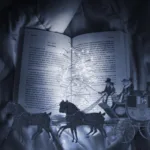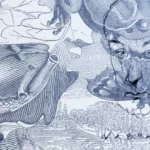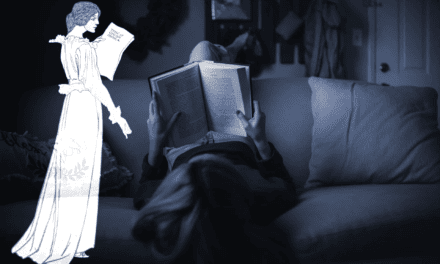
How do you write interesting character backstories?
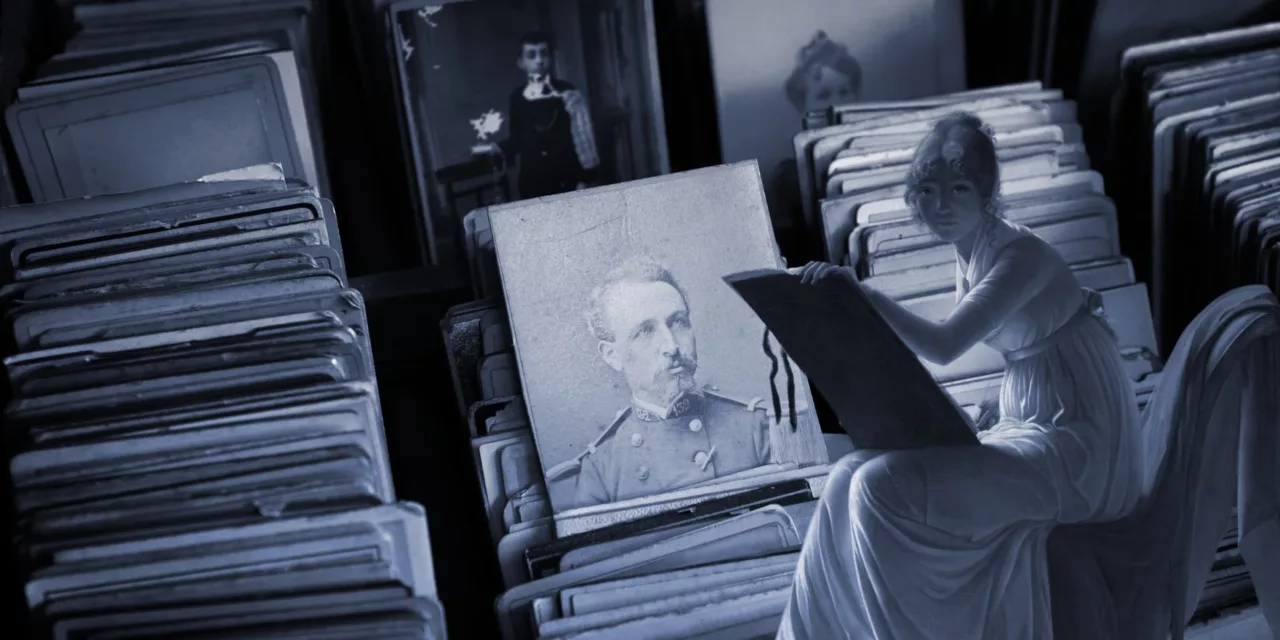
“Hi Novlr! Would you possibly have any ideas about how to make character backstories more interesting?”
Trying to breathe life into a character’s past without falling into the trap of cliché or a boring chronological list of events is always a challenge. Backstories are essential building blocks of three-dimensional characters, but making them interesting and meaningful can be confronting.
What makes a backstory interesting?
The most interesting character backstories aren’t just collections of past events. They’re carefully crafted lives that influence your character’s present actions, decisions, and relationships. Your character’s backstory is what makes them who they are in the present, much as your own past has shaped you into the person you are today.
An interesting backstory should:
- Shape your character’s present motivations and fears.
- Feed into their internal conflicts.
- Influence how they interact with other characters.
- Give context for their strengths, weaknesses, positive characteristics, and flaws.
- Add depth to their personality to make them feel like fully rounded people.
What goes into great character backstories?
Emotional impact
Focus on events that left lasting emotional impressions on your character. These defining moments should still affect them in some way during your story’s present timeline. For example, a character who lost their savings to a scam might struggle with trust issues or be overly cautious with money, or someone who has led a privileged life might be naïve about what happens in the lives of their friends.
Different details for different purposes
Not every detail of your character’s past needs to be included in your story, but they’re often good for you as the writer to know them, anyway. A childhood pet might not be important to the story you’re telling, but might help humanise them to you so you get a better sense of who they are.
When it comes to backstory, it’s important to determine what’s just for you, the writer, and what will be important for your readers. For narrative purposes, you’ll only want to reveal elements that:
- Directly influence your plot.
- Explain important character traits.
- Create interesting dynamics with other characters.
- Add depth to your character’s present conflicts.
Write as much detail as you want, but be sure that you’re strategic in what you choose to reveal to your readers in any detail.
Hidden depths
The best backstories often contain secrets, regrets, or unresolved issues that can create tension in your story. You can gradually reveal these elements as the plot progresses, which helps to add layers of complexity to your character.
You can be strategic in how you reveal this information. It’s easy to fall into the trap of info dumping, but gradually revealing character backstories is always the best way forward. Let you get readers get to know them slowly, just like you get to know a friend.

Write more, write better, and achieve your goals with Novlr!
Common pitfalls to avoid
Information overload
Don’t feel pressured to explain every aspect of your character’s past. Sometimes, leaving certain elements mysterious can make a character more interesting. Remember, you’re writing a story, not a biography. You can know things about your character that a reader doesn’t need to know.
Clichéd trauma
While traumatic events can shape characters, relying too heavily on tragic backstories can feel forced or manipulative. Focus instead on a mix of experiences, both positive and negative, that have shaped your character’s worldview.
Irrelevant details
Avoid including background information that doesn’t serve your plot. Ask yourself: “Does this detail matter to who the character is now or what they’re trying to achieve?”
Techniques for revealing backstory
Through action
Show how past experiences influence your character’s current behaviour. As an example, if your character is afraid of water, instead of explaining that fear, show them avoiding the beach or panicking when they’re put in a situation where water is inevitable (travel by boat, for instance).
Through dialogue
Let characters naturally reveal pieces of their past through conversations, arguments, or moments of vulnerability. This feels more organic than lengthy exposition (aka info dumping). We don’t announce our personalities, fears, quirks, and traumas to everyone we meet, so apply that same logic to your characters.
Through flashbacks
Flashbacks can be a double-edged sword. They can be effective, but only when used intentionally. If you use flashbacks, make them count. Choose powerful moments that directly connect to your current story and reveal something meaningful about your character that couldn’t be revealed another way.
Through objects
Physical items can carry emotional weight and history. A worn photograph, an old letter, or a cherished possession can reveal aspects of your character’s past. Simply showing the way that someone uses or interacts with something can reveal a lot about their experiences with that subject.
Questions to ask yourself to develop better backstories
When writing character backstories, you can ask yourself:
- What experiences shaped their core beliefs?
- What relationships influenced who they became?
- What choices do they regret?
- What achievements are they proud of?
- What secrets do they keep?
- How does their past affect their current goals?
Making it matter
The key to writing interesting backstories is making them relevant to your current narrative. Every piece of history you include should serve a purpose, whether it’s explaining current behaviour, creating conflict, building relationships, moving the plot forward, or illustrating character growth.
Remember, a character’s past should enrich your story, not overshadow it. Focus on elements that matter to your current story and let the rest remain in the background.

